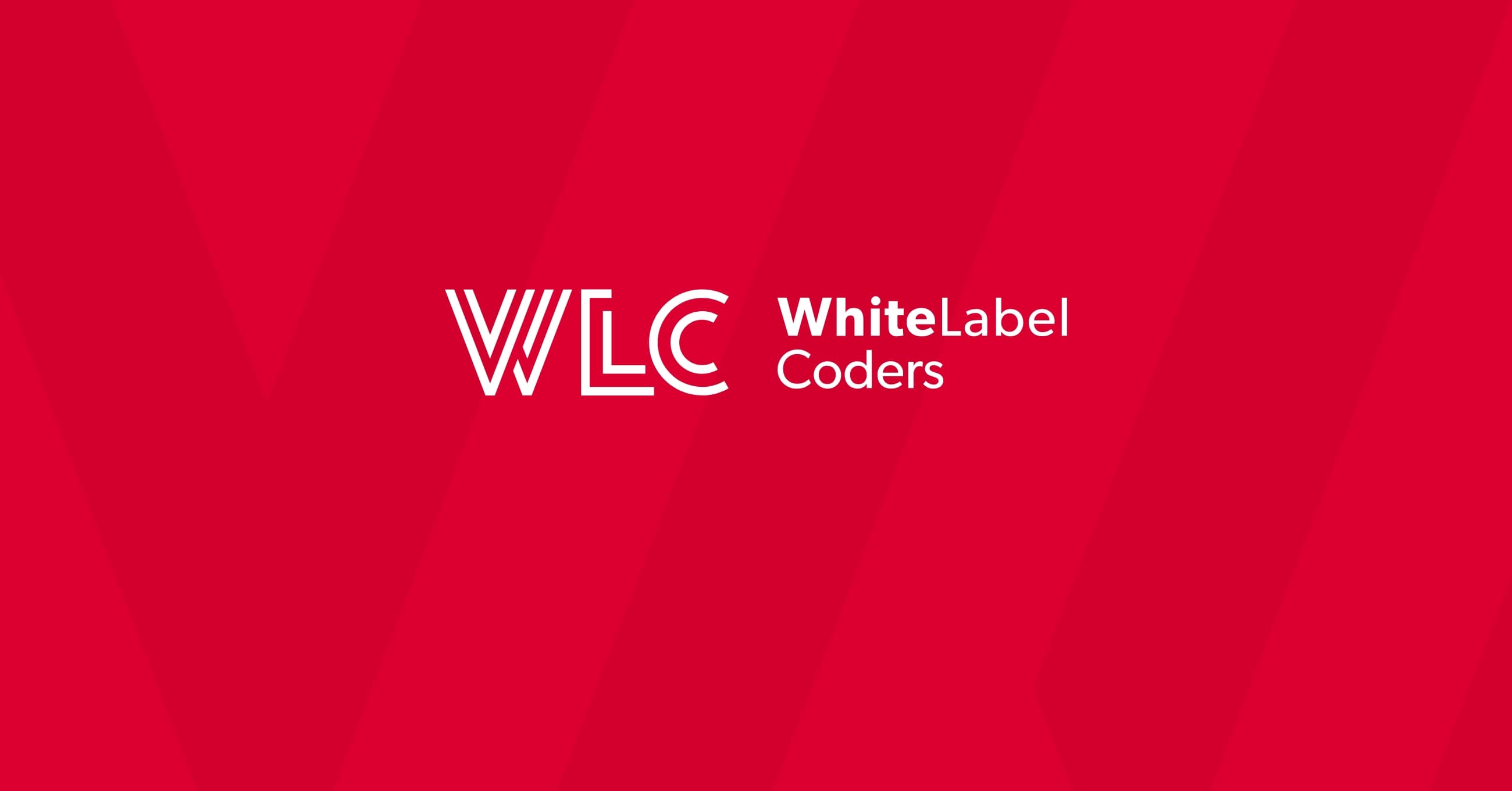Category: SEO AI
How hard is it to make a WordPress theme?

Creating a WordPress theme isn’t overly difficult if you have basic coding knowledge, but the complexity varies significantly based on your technical skills and project requirements. Beginners with HTML and CSS experience can develop simple themes within a few weeks, whilst advanced custom themes requiring PHP expertise and complex functionality may take several months to master.
Understanding WordPress theme development complexity
WordPress theme development sits somewhere between basic web design and full-stack programming. The difficulty largely depends on what you’re trying to achieve and your existing technical background.
At its core, a WordPress theme is a collection of files that control how your website looks and functions. Think of it as the clothing for your website’s content. Basic themes require understanding of HTML for structure, CSS for styling, and a touch of PHP to make WordPress work its magic.
The complexity escalates when you want custom functionality, responsive designs, or integration with plugins and third-party services. A simple blog theme might take a beginner several weeks to complete, whilst a sophisticated e-commerce theme could require months of development.
Your learning curve will be steeper if you’re starting from scratch, but don’t let that discourage you. Many successful theme developers began with minimal coding experience and built their skills progressively.
What coding skills do you need to create a WordPress theme?
Four essential programming languages form the foundation of WordPress theme development: HTML, CSS, PHP, and JavaScript. Each serves a specific purpose in bringing your theme to life.
HTML provides the structural backbone of your theme, defining how content is organised and displayed. CSS handles all the visual styling, from colours and fonts to layouts and animations. These two languages are absolutely crucial and relatively beginner-friendly.
PHP is where things get more challenging but also more powerful. WordPress is built on PHP, so you’ll need to understand basic PHP syntax, variables, loops, and functions. You’ll work extensively with WordPress-specific functions like get_header(), the_loop(), and various hooks and filters.
JavaScript adds interactivity and dynamic behaviour to your themes. Whilst not always essential for basic themes, it’s increasingly important for modern, engaging user experiences.
Beyond these languages, you’ll need to grasp WordPress coding standards, the template hierarchy system, and how to properly enqueue scripts and stylesheets. Understanding database concepts helps too, though WordPress handles most database interactions for you.
How long does it take to build a custom WordPress theme from scratch?
Development timelines vary dramatically based on complexity, features, and your skill level. A basic theme might take 2-4 weeks for beginners, whilst advanced custom themes can require 3-6 months or more.
Simple themes with basic blog functionality typically require 40-80 hours of development time. This includes creating essential template files, basic styling, and ensuring mobile responsiveness. If you’re learning as you go, double or triple this estimate.
Medium complexity themes with custom post types, advanced layouts, and plugin integration usually need 100-200 hours. These projects involve more sophisticated PHP work and extensive testing across different devices and browsers.
Complex themes with e-commerce functionality, custom admin panels, or advanced features can easily exceed 300 hours of development. Professional WordPress custom development teams often work on such projects for several months.
Remember that these estimates include planning, coding, testing, debugging, and refinement. Rushing through development often leads to problems later, so it’s better to plan realistically from the start.
What are the main challenges beginners face when making WordPress themes?
The WordPress template hierarchy often confuses newcomers more than any other aspect of theme development. Understanding which template file WordPress chooses for different content types requires patience and practice.
Many beginners struggle with the WordPress file structure and naming conventions. Files like index.php, single.php, and archive.php each serve specific purposes, and getting this wrong can break your theme entirely.
PHP integration presents another significant hurdle. Moving from static HTML/CSS to dynamic PHP templates requires a mindset shift. You’ll need to understand how WordPress retrieves and displays content from the database.
Debugging WordPress themes can be frustrating for beginners. Error messages aren’t always clear, and problems might stem from theme code, plugin conflicts, or WordPress core issues. Learning to use debugging tools and reading error logs becomes essential.
Responsive design adds another layer of complexity. Your theme must work flawlessly across phones, tablets, and desktops. This requires thorough testing and often significant CSS adjustments.
The best approach is starting small and building complexity gradually. Create a basic theme that works, then add features one at a time. This makes debugging much easier and builds confidence progressively.
Should you use a starter theme or build completely from scratch?
Starter themes provide a solid foundation and can dramatically reduce development time, especially for beginners. Popular options like Underscores or Sage offer clean, well-structured code that follows WordPress best practices.
Building from scratch gives you complete control but requires more time and expertise. You’ll understand every line of code, which makes customisation and troubleshooting easier. However, you’ll also need to handle all the foundational work yourself.
Starter themes excel when you need to deliver projects quickly or when you’re still learning WordPress development. They handle many technical requirements automatically, letting you focus on design and custom functionality.
The scratch approach works better for unique projects with specific requirements that don’t fit standard patterns. It’s also ideal if you want to deeply understand WordPress theme architecture.
Parent-child theme relationships offer another approach. You can use an existing theme as a parent and create a child theme for customisations. This protects your changes when the parent theme updates but limits how much you can modify.
Consider your timeline, skill level, and project requirements when choosing. There’s no shame in using starter themes, even professional developers rely on them regularly.
Key takeaways for WordPress theme development success
Successful WordPress theme development requires realistic expectations and a structured learning approach. Don’t expect to create complex themes immediately, build your skills progressively through smaller projects.
Master the fundamentals before attempting advanced features. Solid HTML, CSS, and basic PHP knowledge will serve you better than jumping straight into complex frameworks or advanced techniques.
Testing is crucial throughout development. Check your theme on different devices, browsers, and with various content types. Many theme problems only surface during real-world usage.
The WordPress community offers excellent resources for learning. The WordPress Codex, developer documentation, and community forums provide answers to most questions you’ll encounter.
Consider whether DIY development makes sense for your situation. If you need a custom WordPress website quickly or lack time for extensive learning, professional development services might be more cost-effective.
WordPress custom development requires ongoing maintenance and updates. Themes need regular security updates, compatibility checks, and feature improvements. Factor this into your decision-making process.
Whether you choose to develop themes yourself or work with professionals, understanding the process helps you make better decisions about your WordPress projects. The skills you learn will serve you well regardless of which path you ultimately choose.

